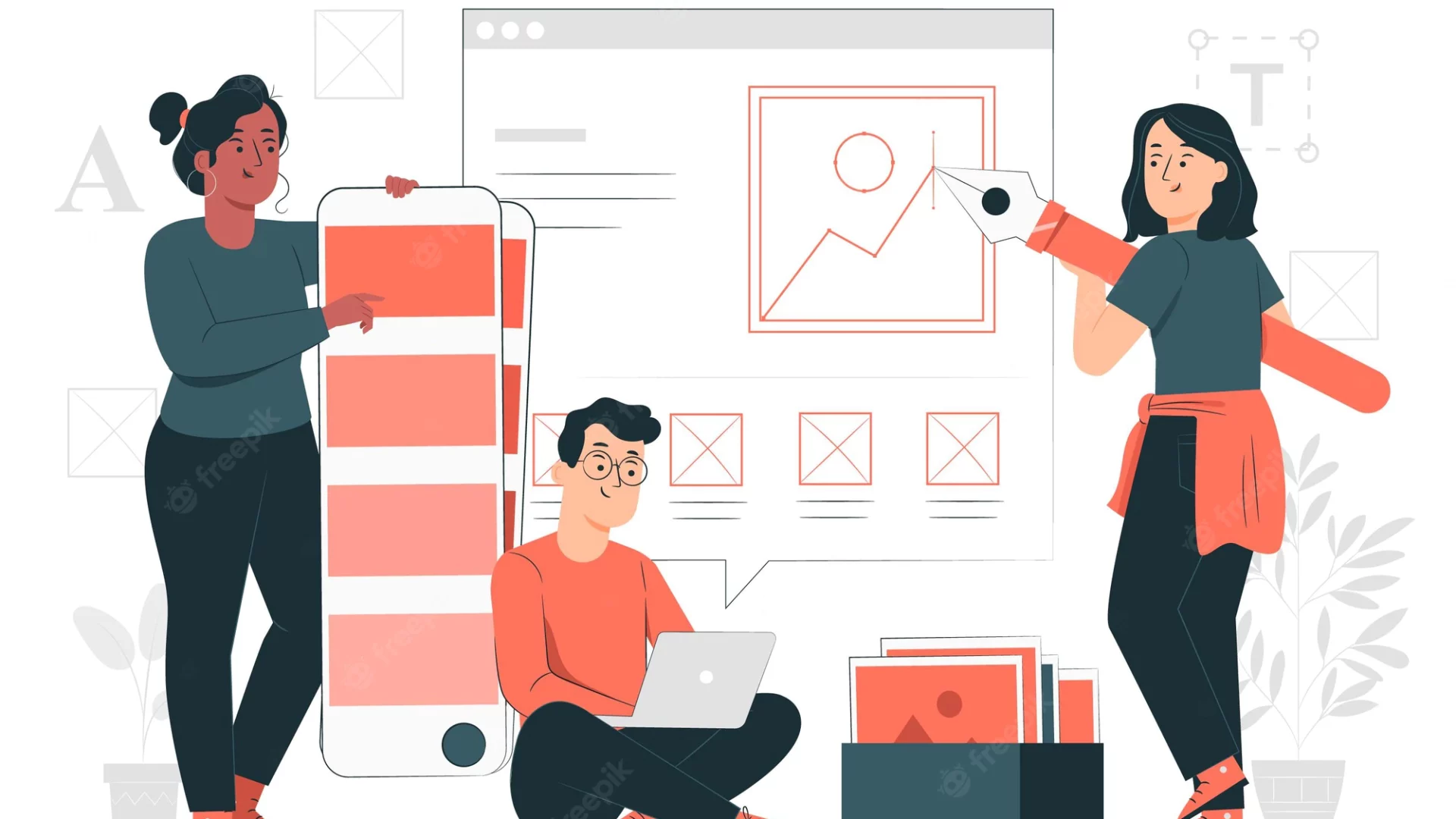What does User Experience (UX) Design mean to you as a Humanitarian?
I reflected on this question throughout the night, trying to connect some biographical dots in my mind, while building up a definition for the new trajectory of my career.

User experience (UX) design is the process design teams use to create products that provide meaningful and relevant experiences to users. This involves the design of the entire process of acquiring and integrating the product, including aspects of branding, design, usability and function.
Source: Interaction Design Foundation
While many stories from UX Designers who had no academic background in Design like me showed a complete transition from one sector or profession to another, in my case, I see a strong tie between humanitarian aid and UX Design, especially as an emerging Disability Inclusion Specialist.
Before my UX journey began, I was researching trending areas of tech that have melting points with humanitarian aid and for one of my Master’s study class assignments, I chose to write an academic paper on Humanitarian Technology in Refugee Setting. This I would say was an exploration of the nexus between tech and humanitarian action. Beyond understanding the role of technology, I was also looking at the connection between the intended use of tech tools and humanitarian governance. The benefits were clear, even though there are contending legal implications and huge questions about data privacy. As humanitarian organizations are now taking compliance to human rights laws seriously; leveraging on expertise within the private (business) sector, it is likewise important for techies with domain knowledge in humanitarian action like me to find full-time job opportunities within the sector, instead of branching out to the private sector. This definitely implies that more tech positions are to be created within programming units.
UX Design is not just about digital products or about the usability of a web-based platform, the concept is used in other fields. It is generally about ensuring that the users of a product or service have great interaction with the object, in an equitable and useful manner. Bringing this home to Humanitarian Interventions, UX Design can improve the accessibility of interventions; especially for projects within Shelter and Water, Sanitation and Hygiene (WASH) clusters.
Source: Own composition
The rapid growth of UX Design globally and the campaign for equity, accessibility, design for next-billion users, etc, demonstrate how businesses are becoming more and more concerned about designing user-friendly products, especially in this post-COVID time as people rely more on web-based platforms.
For my Master’s thesis, I was studying the ‘Programming Approaches of Humanitarian Organizations including People with Disabilities in Refugee Setting’. This study exposed me to a lot of field reports that reveal the discriminatory and undignifying conditions of refugees with disabilities and the capacity gaps in program delivery, especially within the WASH cluster. These sad reoccurring reports reveal the urgent need for UX Design to accompany the baseline survey, rapid assessments, and iteration of design based on pre-program evaluations.
Imagine if a ‘User Journey Map‘ is developed for a Shelter or WASH project, enabling the program team to visualize every process the intended user (or ‘beneficiary’ in this case) would go through in accessing the tent, toilet, borehole, bathroom, etc. This process can be led by a UX Designer like me.
I guess you now see the connection!
There is an urgent need for UXers in humanitarian action, to support the promotion of a rights-based model of disability and the implementation of programs that accommodate the needs of people with disabilities in emergencies.
@Deborah Brown Majekodunmi


Interesting read! You are opening the field and in no time more players will emerge and you will be in the forefront! Keep doing 👍🏾
Thank you so much
As someone with similar interest in the intersection of humanitarian action and technology, your article is spot on and expands the topic of inclusive and user-centered designs, which is an important cross-cutting issue.
thank you so much Attah.
Ja, we discussed this right…
Great piece ! I struggled to see the link at first but eventually it all makes a lot of sense . Thank you for sharing , this is enlightening and thought provoking !
Thanks Ginelle,
Yes it is ..
This is so apt. I recently ventured into UX design and as someone presently volunteering with an ngo, I have been thinking of how best to merge these two experiences. This article hits home to me.
Dear Favour,
I am glad that this connects with you. Welcome to the world of UX ):